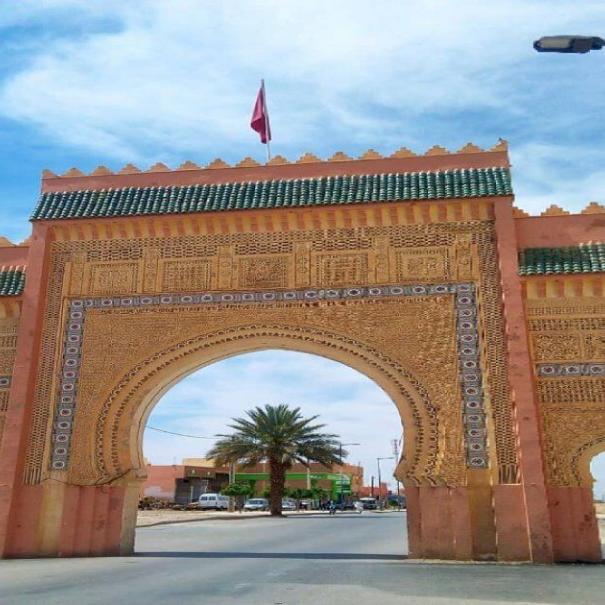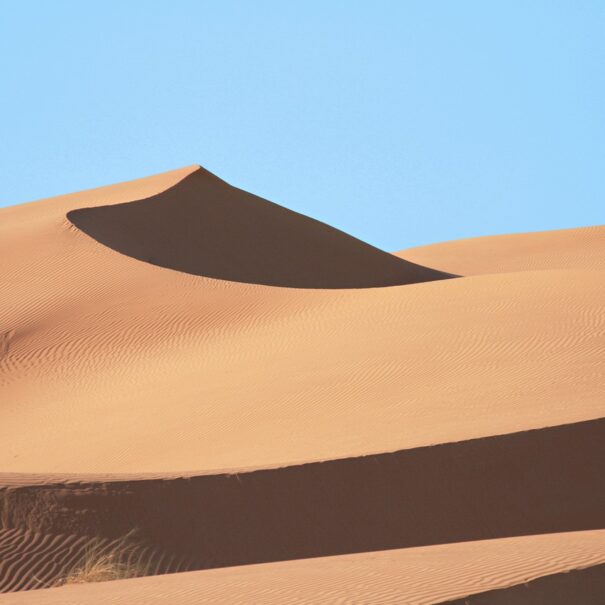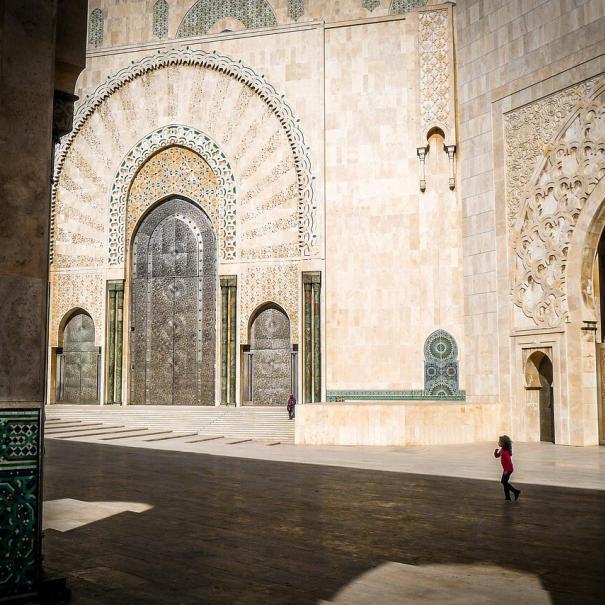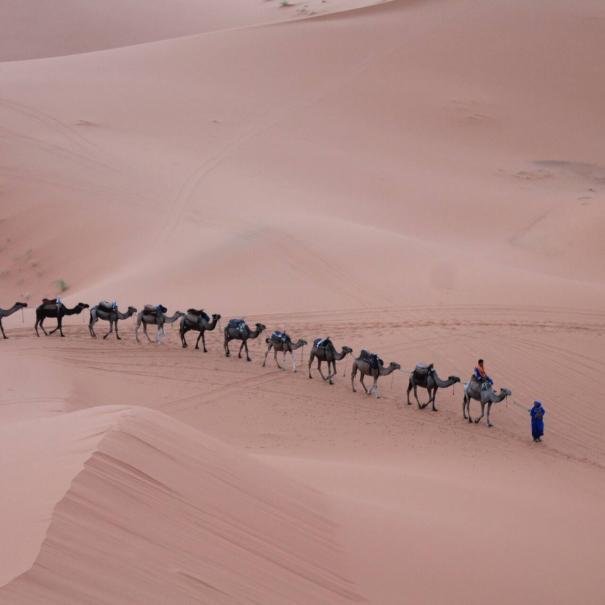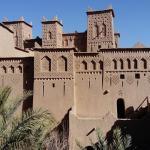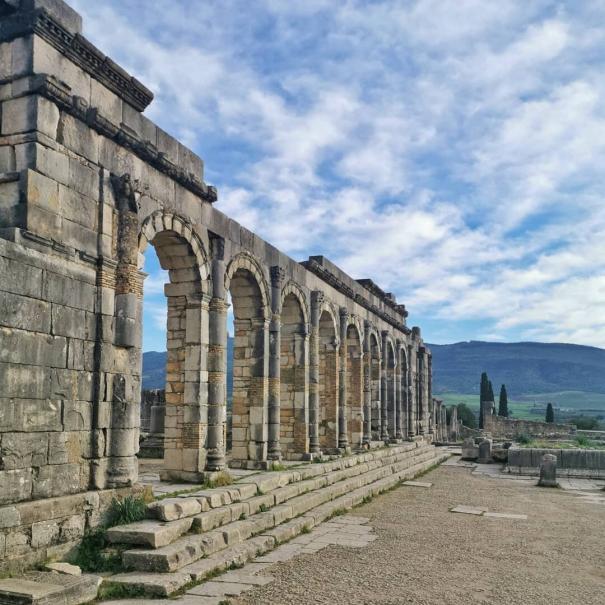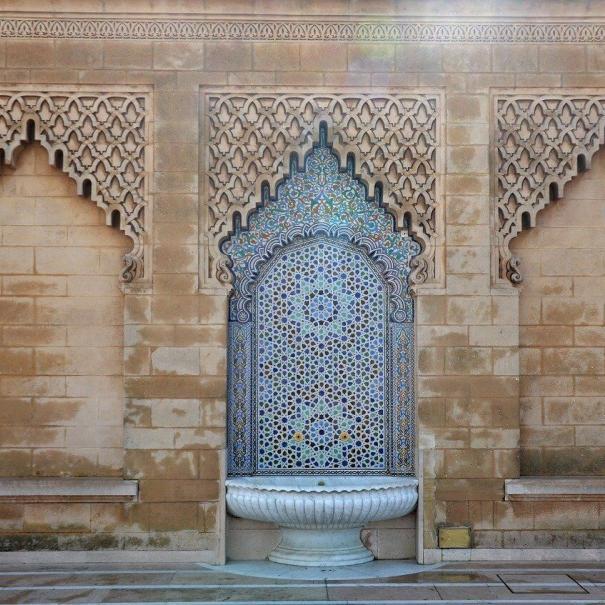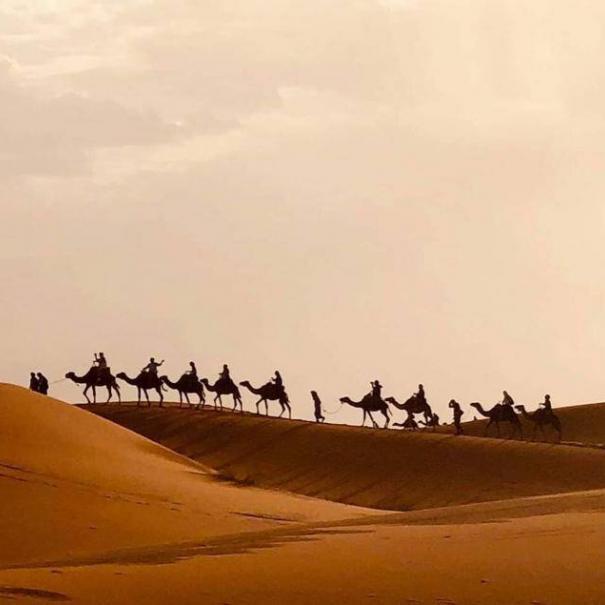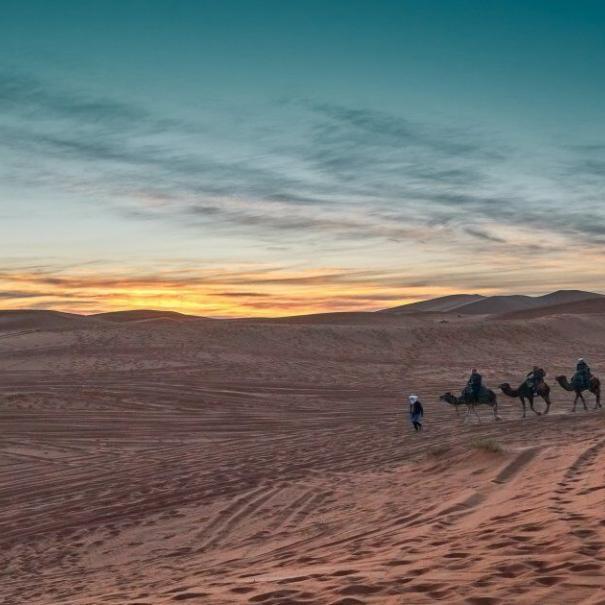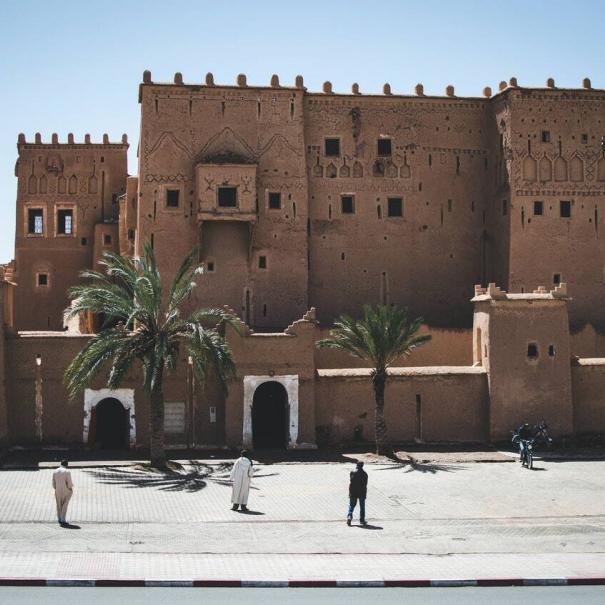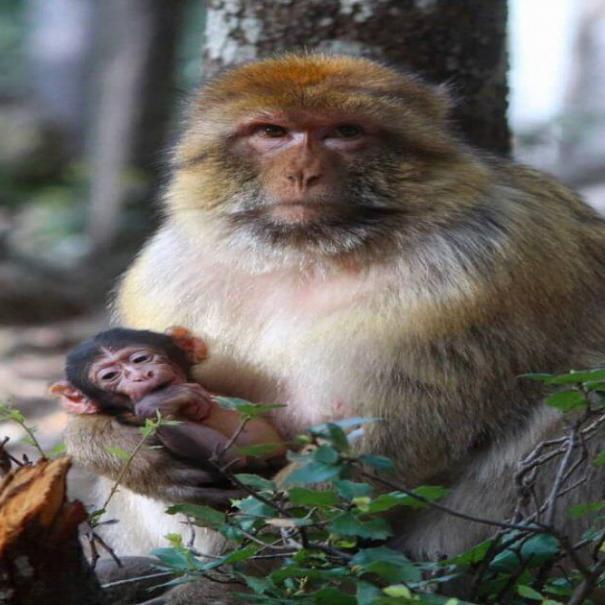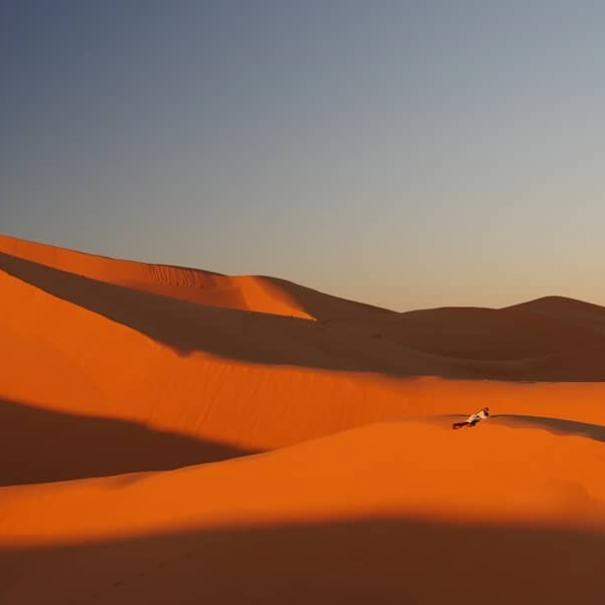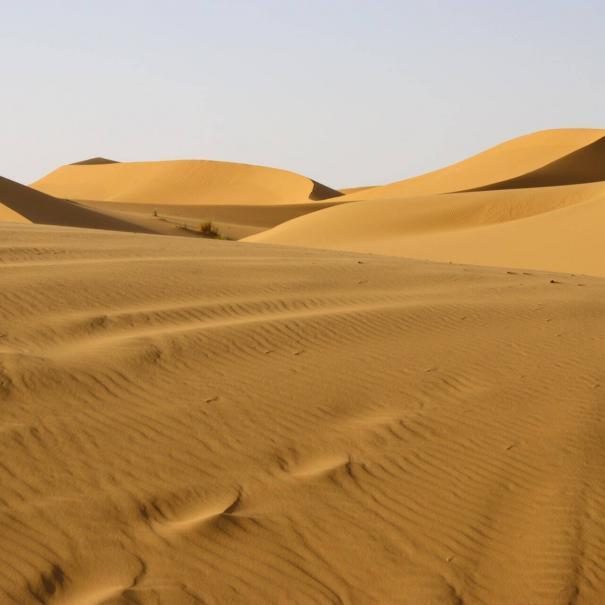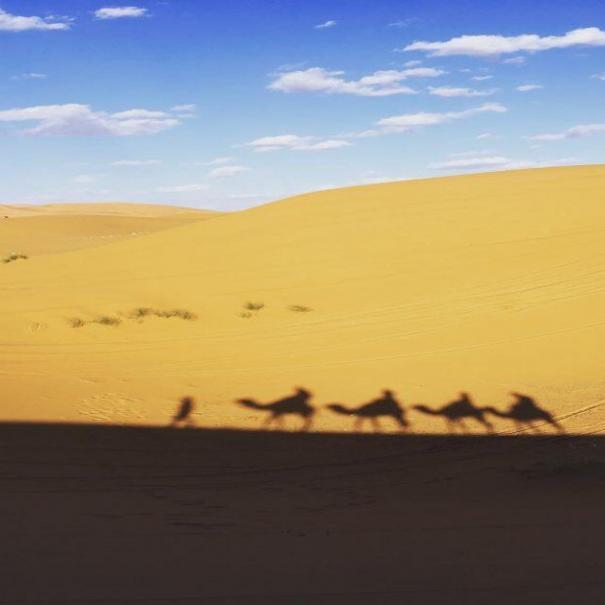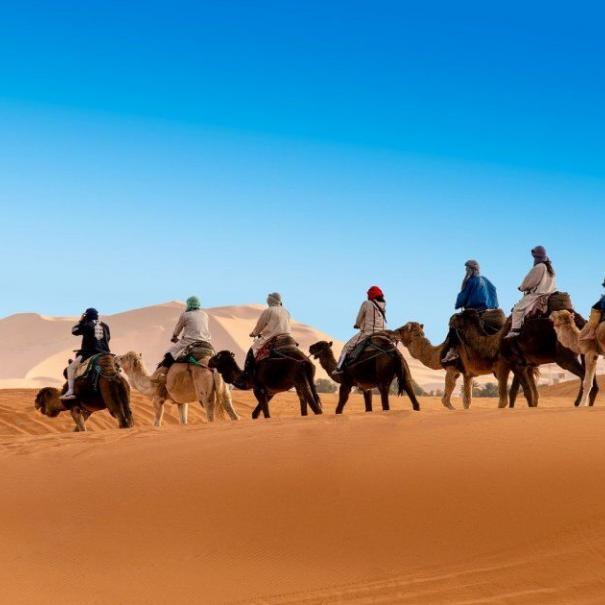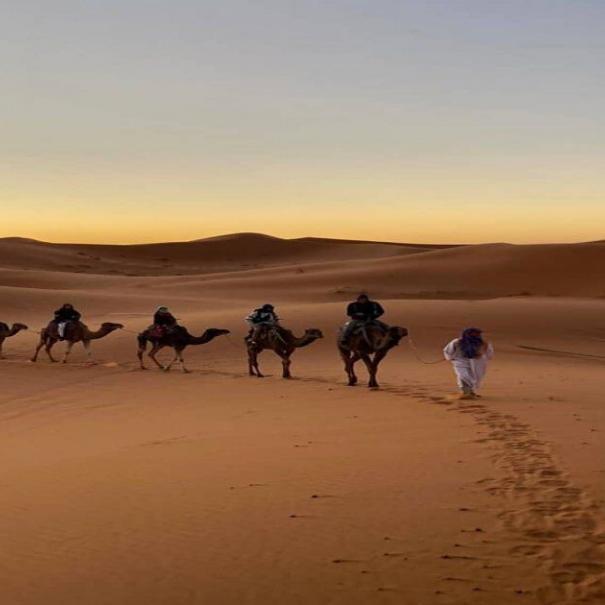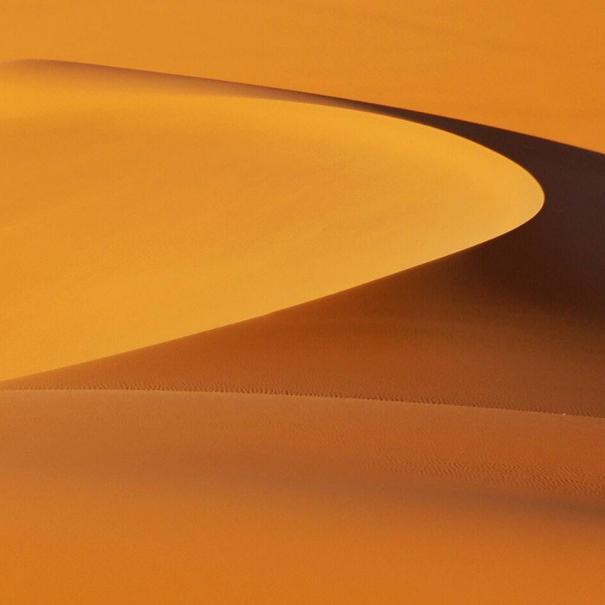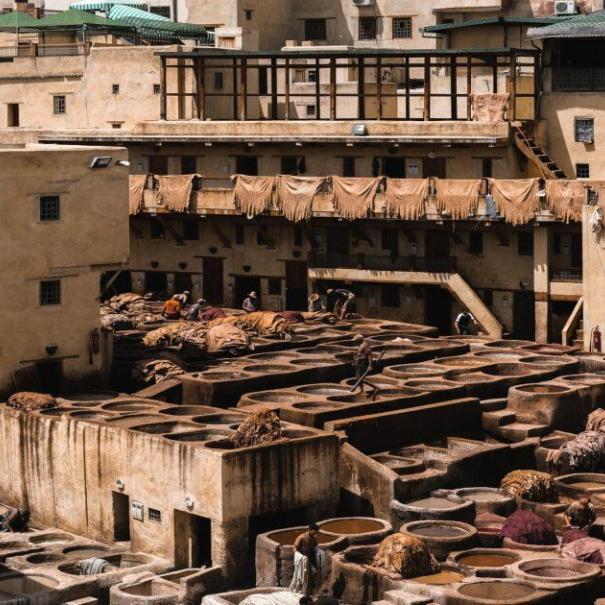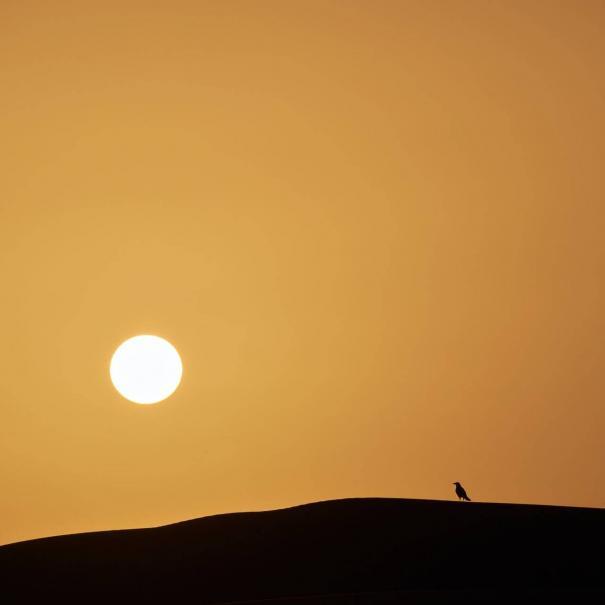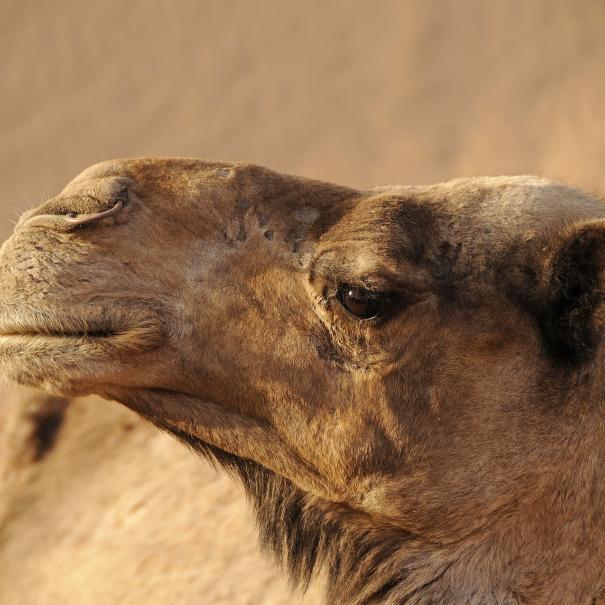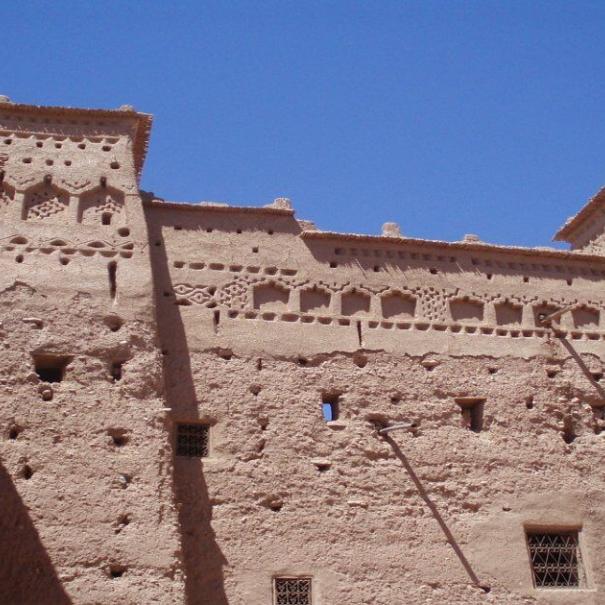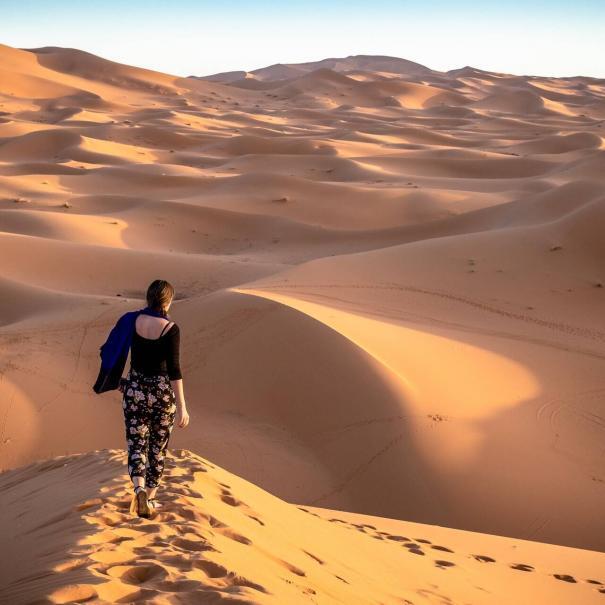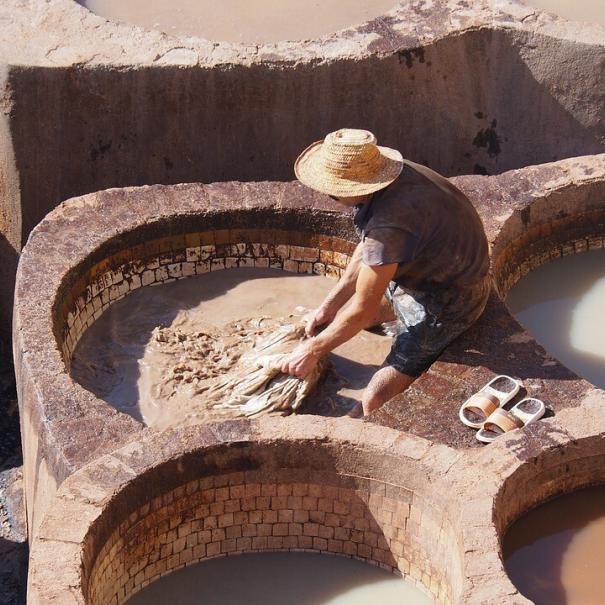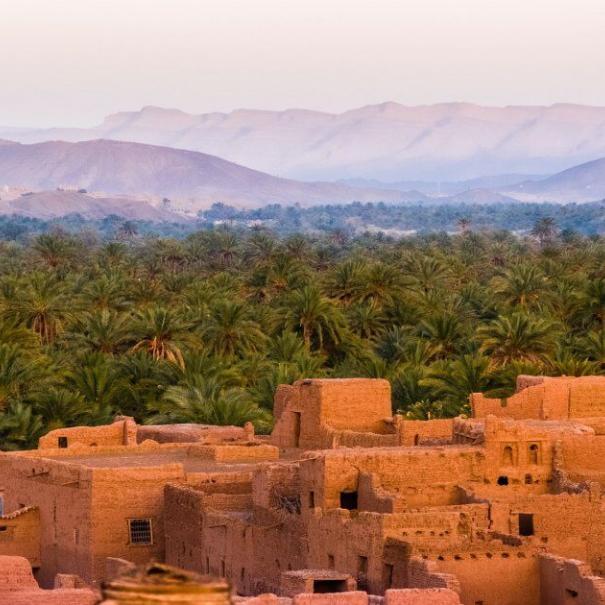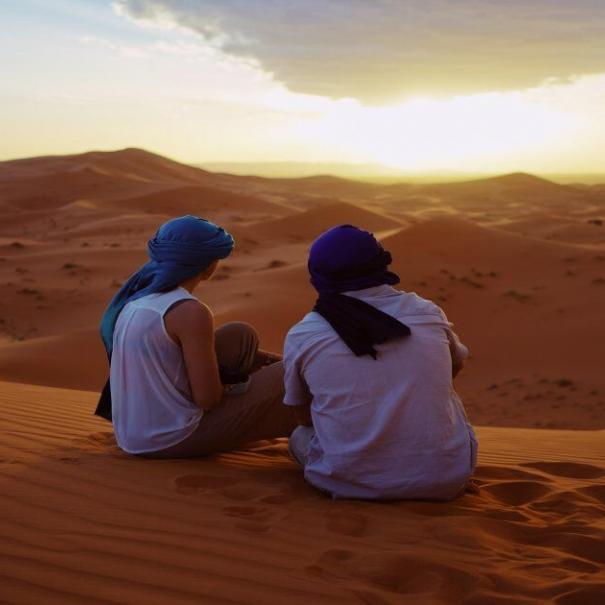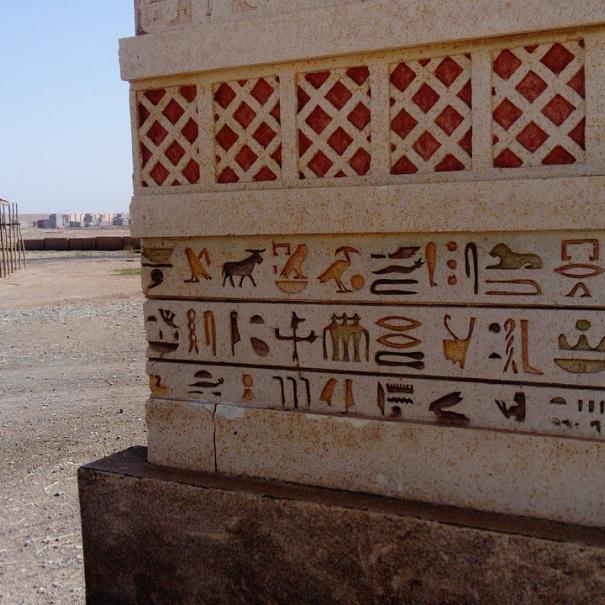Casablanca is the largest city in Morocco, and the third-largest city in Africa after Lagos and Cairo in terms of population. In fact and in 2014 it had a population of about 3,359,818. Casablanca is Morocco’s economic capital, commercial and industrial center. The city includes 60% of Moroccan companies and factories which are active in car manufacturing, aircraft, electronic manufacturing, and much other stuff. Not to mention that the city’s stock exchange is ranked third after Johannesburg and Cairo in Egypt. Casablanca was once known as Anfa that is a Berber word. However, the name Casablanca belonged to the Portuguese, who called it “Casa Branca” in reference to a white house that they found on their arrival in the sixteenth century. The Spanish called it “Casa Blanca”. Yet, the Moroccans use the name “Casa” only. The name Casablanca was used in the era of Alaouia. Muhammad bin Abdullah.
The strategical location of Casablanca
It overlooks the Atlantic coast of the western part of Morocco, making it the gateway to the Maghreb. Its strategic location is in the middle of the Moroccan industrial production line, which runs from Quneitra in the north to the Yellow Shelf in the south. Casablanca is 95 km from the Moroccan capital of Rabat and extends 60 km from the Atlantic to the Moroccan territory. While rising above sea level by 27 km. The coordinates of the city extend between 32° North and 35° West.
The history of Casablanca
It is an ancient Berber village, and it was called Anfa, but its origin is still not yet fully known. The city emerged as a major center in the 12th century when the pirates used it to launch attacks. But it was destroyed by the Portuguese in 1468 before they came back in 1515, where they built a new city and called it “Casa Branca”. In 1755, it was again rocked by an earthquake that evacuated its inhabitants. However, the Alawi Sultan Sidi Mohamed Ben Abdallah built it in the 18th century.
At this time the Spanish and other Europeans started to arrive, and the majority of its population became French. Around the year 1907, the French forces occupied the city, put it under French protection between 1912 and 1956. During that period, it became the main port of prosperity of Morocco, which has grown rapidly. Clearly, this has put it on the global map as an important and key center not immune to global events. During World War II, the city hosted a British-American summit in 1943, and in 1961 hosted a conference led by Moroccan King Mohammed V, at which the Casablanca Group of African States was founded.
Landmarks of Casablanca with our desert, private and city tours
The landmarks of Casablanca include a large number of historical landmarks that date back to different eras and carry a long history that passed through the city. Among the most prominent of these landmarks there are:
Hassan 2 Mosque:
Located in Kasbah al-Mahmudiyah, it is the largest mosque in the Kingdom of Morocco. Its most prominent feature is its beautiful white color and its location that is close to the sea coast. This has contributed to making it the most prominent tourist attraction in Morocco.
The Sidi Abdelrahman Shrine: The shrine attracts many visitors from around the world because some of them believe it solves the social problems they face. Located on a rock in the Atlantic Ocean, the mausoleum made it a natural tourist attraction as well.
Marrakech Gate:
The door is the only landmark that stood after the earthquake that struck the city in the past. Therefore, it stands as a landmark. Besides, a popular market is located at the door where vendors and visitors gather to buy and sell various goods.
Port of Casablanca:
It is the largest port in the Kingdom of Morocco, and it is the port that distinguishes the city, located on the Atlantic coast, and is considered an important commercial center, receiving commercial ships from many countries in the world. The port’s opening for international trade dates back to 1906 and includes five entrances, in addition to the railway lines used to transport goods from the port to the interior.
The Old City:
It is an old Moroccan neighborhood, and it is modeled on the old Moroccan cities, and it is surrounded by a number of walls, most of which are demolished. It also includes many gates and entrances, the most famous of which is the Marrakech Gate. Today, the city has a popular market, with a number of shops, historical monuments, and mosques.
The Church of the Sacred Heart:
It is also called the Cathedral of Casablanca. The church was established in 1930 by the French, designed by French architect Paul Turnan, but stopped working as a place of worship in 1956. It is now used as a cultural center and as a tourist attraction.
